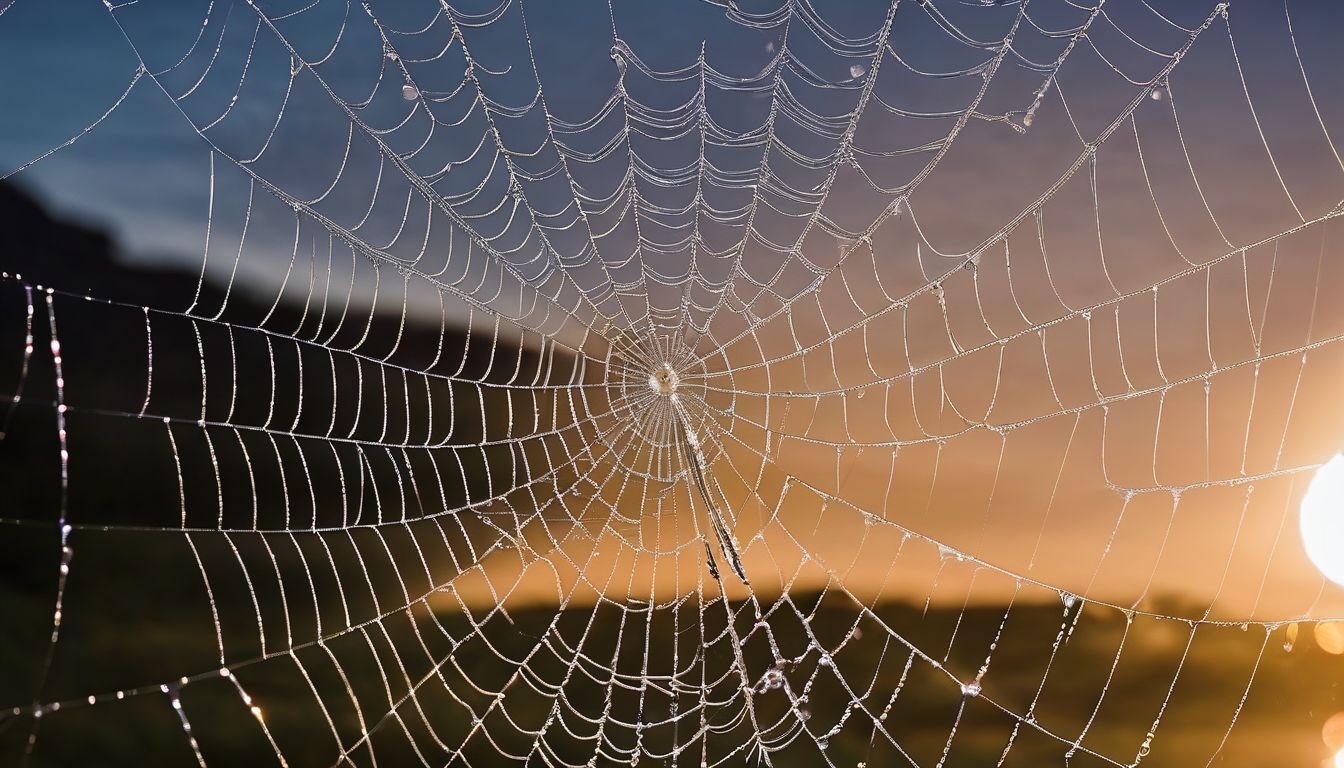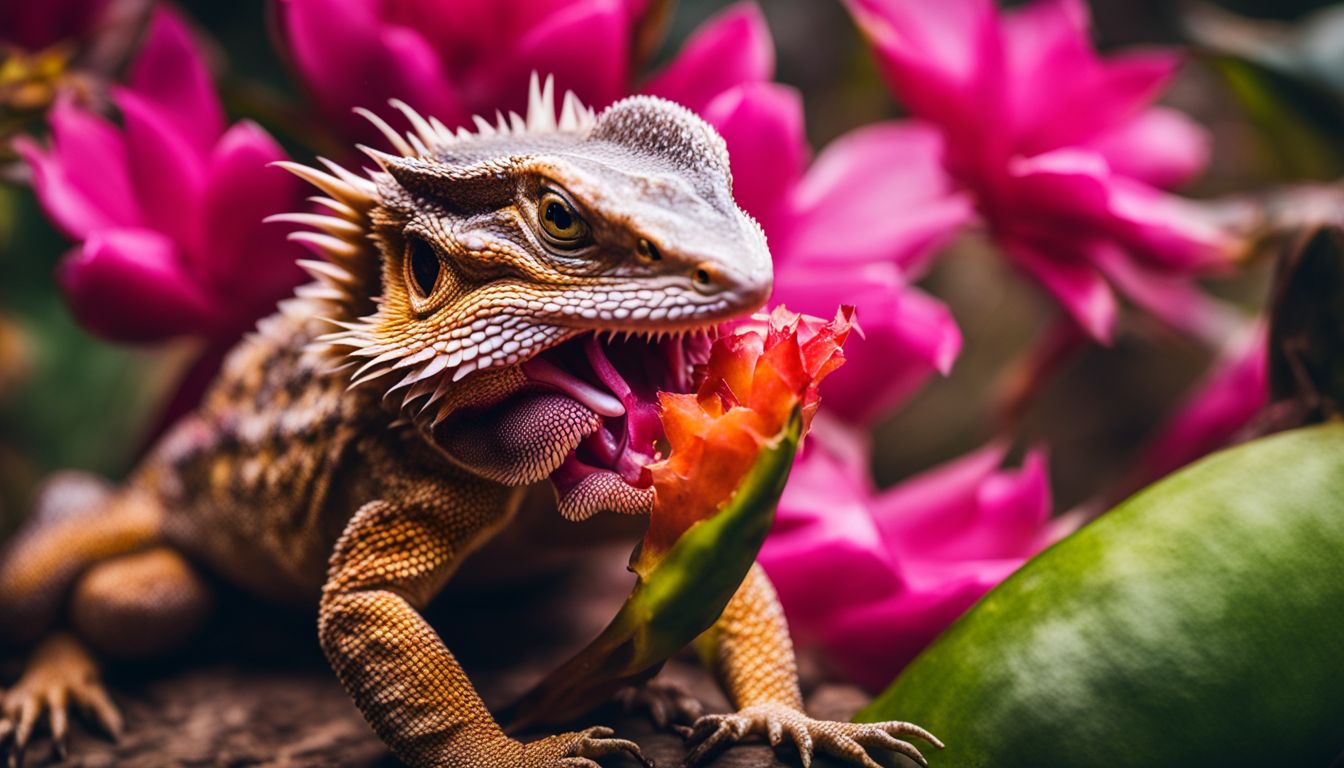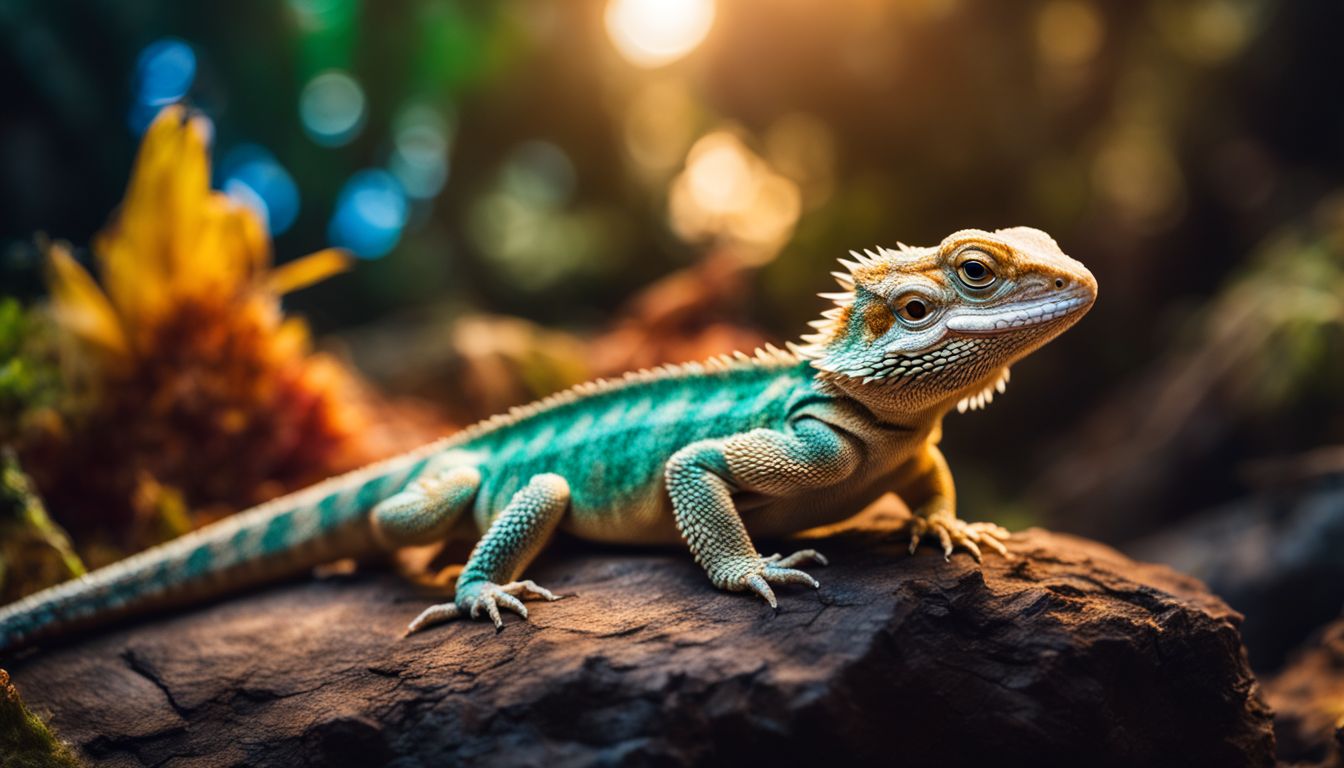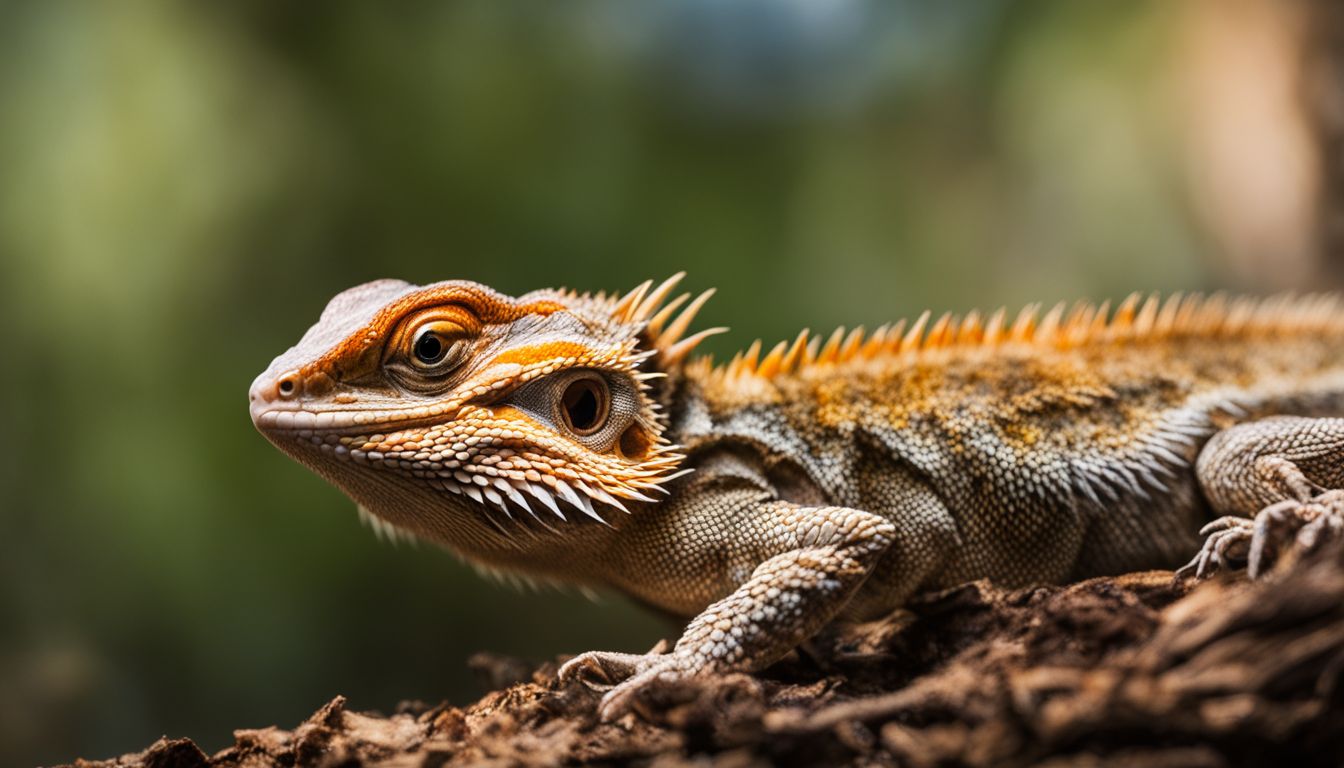Are you noticing more spiders around your LED lights at night and wondering why? Here’s a fact: LED lights do not emit UV light, which many insects find irresistible. In our post, we’ll dive into whether these energy-efficient bulbs are inviting eight-legged guests to your space.
Keep reading; it’s time to shine a light on this web of intrigue!
Key Takeaways
- LED lights do not directly attract spiders, but they may indirectly lure them by attracting their insect prey.
- The color and intensity of LED lights can influence insect attraction, which in turn affects spider presence.
- Taking proactive measures such as using bug-repellent bulbs, yellow or warm-colored LED lights, and reducing insect presence can help deter spiders from gathering around LED fixtures.
- Alternative lighting options such as yellow bug lights, sodium vapor lights, halogen lights, motion-activated lights, red LED lights, and ultraviolet (UV) insect traps can minimize the presence of insects and consequently deter spiders in spider-prone areas.
Shedding Light on the Myth: Do LED Lights Attract Spiders Directly?
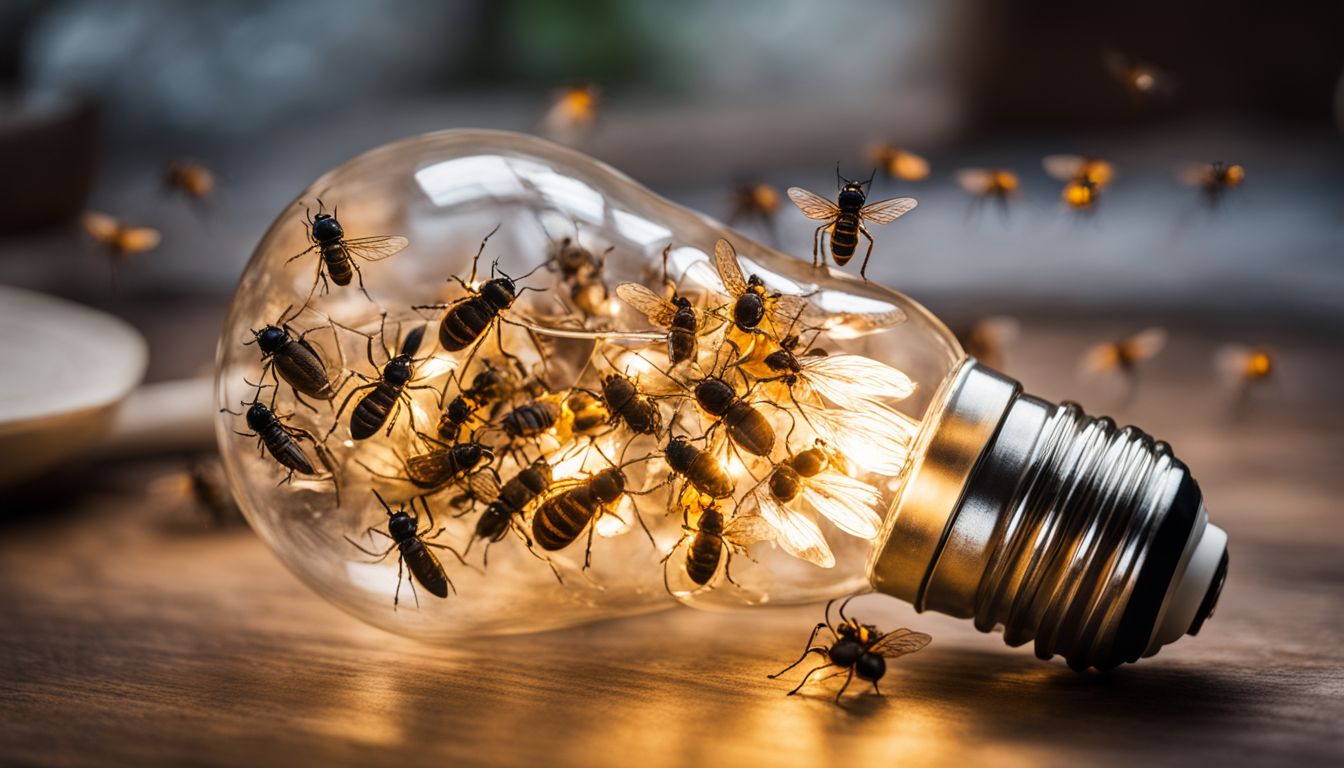
So, let’s dig into the story about LED lights and spiders. People often think that these bright lights make spiders come closer. But this isn’t quite true. LED lights don’t call to spiders like a phone does for us.
Spiders look for food, not light shows.
LEDs do give off some warm colors that insects like. Because of this, bugs might fly towards an LED bulb. And where there are bugs, you can bet there could be spiders. They go where their next meal will be! Yet the light itself isn’t what’s pulling those eight-legged hunters in; it’s more about the insect party happening around the light source.
The Indirect Connection: LED Lights and the Insect Food Chain
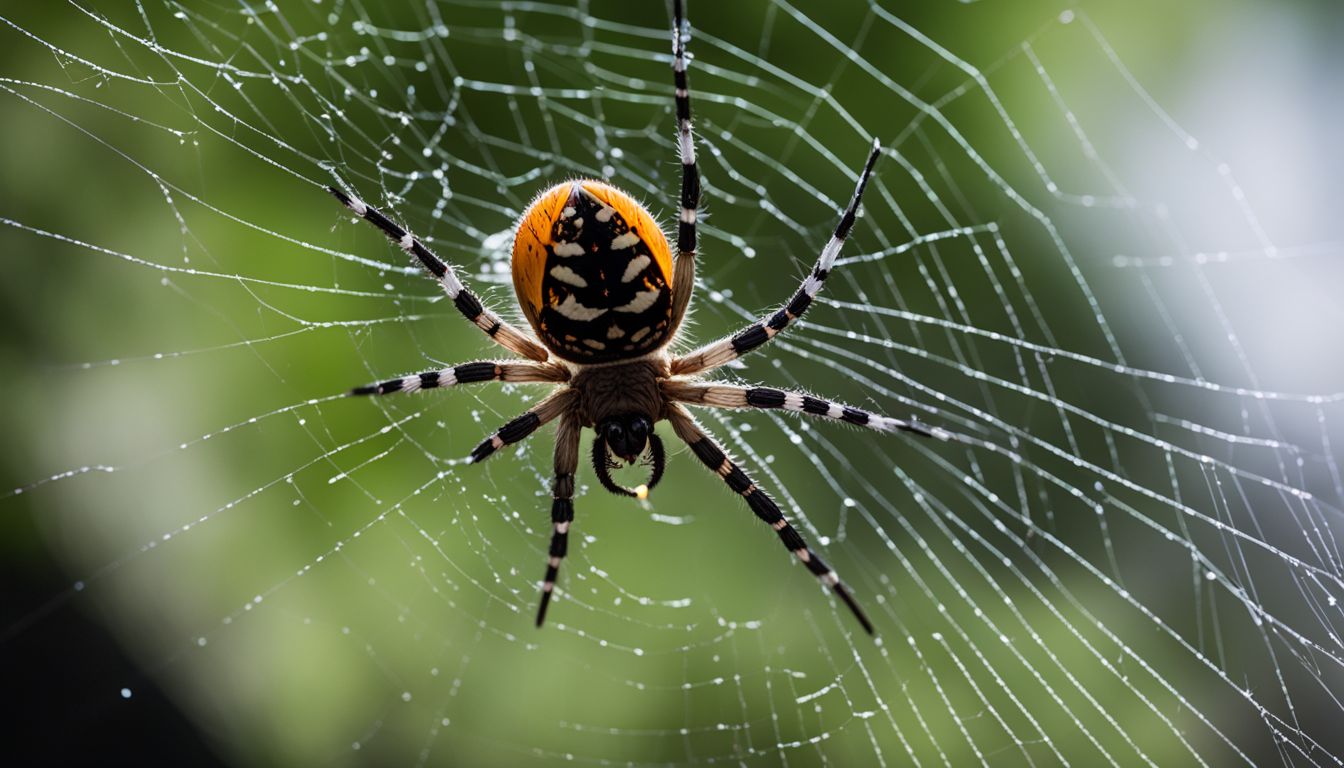
The color and intensity of LED lights can attract insects, which in turn attracts spiders looking for food. Understanding how LED lights play a role in the insect food chain sheds light on the indirect connection between LED lights and spider attraction.
Why insects are attracted to certain LED light colors
Insects fly towards some LED light colors more than others. This happens because these lights have higher color temperatures, which are brighter and more noticeable to bugs. Many insects see UV light best, so they head for LEDs that give off this kind of light.
These lights can be like a big sign saying “come here” to the little flyers.
LEDs made to keep UV out might not bring in as many insects. Yellow LEDs are good at this because their light doesn’t draw bugs well. By choosing these kinds of lights, you might see fewer insects buzzing around them.
The role of LED lights in attracting spiders’ prey
LED lights shine bright like natural light, and this is what makes bugs and insects come close. Spiders look for places where they can find lots of food. So when these small creatures swarm around LED lights, spiders get interested too.
They know that where there’s light, there’s likely a meal waiting for them. This means areas with LED lighting might end up being good spots for spiders to set up their webs and wait for the next bug to fly by.
Using LED bulbs could make your porch or garden a popular spot not just for flying insects but also for hungry spiders ready to catch them.
Analyzing LED Light Colors and Spider Attraction
Different colors of LED lights can have varying effects on insect attraction, which in turn may impact spider presence. Understanding the relationship between light color and spider attraction can help in minimizing their presence around LED lights.
What color LED lights are most likely to attract insects?
UV and blue LED lights are the most likely to attract insects. Here’s why:
- These lights emit shorter wavelengths, which are more attractive to bugs like mosquitoes and flies.
- Insects have photoreceptors that are sensitive to UV and blue light, making them more drawn to these colors.
- Studies have shown that white and blue LED lights attract the most amount of bugs, while yellow and amber LED lights attract the fewest number of insects and bugs.
The misconception about purple light and spider attraction
While bluish and bright white LED lights can attract insects, there is a misconception about purple light attracting spiders directly. Purple light does not specifically entice spiders; rather, it may have the opposite effect.
Spiders are less likely to be attracted to purple light due to their preference for UV and blue light wavelengths. Therefore, using purple lights may actually help deter spiders from gathering around your LED fixtures.
Proactive Measures to Deter Spiders from LED Lights
– Tips for minimizing insect presence around LED lights
– Alternatives to LED lights for spider-prone areas
Tips for minimizing insect presence around LED lights
To minimize insects around LED lights, use bug-repellent bulbs and spray insecticides in the surrounding area. Here are practical ways to reduce insect presence:
- Place LED lights away from entry points to your home to deter bugs from getting inside.
- Clean the area around the LED lights regularly to remove potential spider habitats like cobwebs and egg sacs.
- Install motion – sensor LED lights so they only turn on when needed, reducing attraction for insects.
- Use yellow or warm – colored LED lights, as they are less attractive to insects compared to white or cool colors.
- Consider using bug zappers or traps near the LED lights to catch and reduce insect numbers.
- Position outdoor LED lights strategically away from vegetation, which can harbor insects spiders feed on.
Alternatives to LED lights for spider-prone areas
To minimize the presence of insects around LED lights, consider alternatives for areas prone to spider activity. Here are some effective options:
- Yellow bug lights: These lights are designed to be less attractive to insects and can help deter spiders by reducing their food source.
- Sodium vapor lights: These emit a warm, yellow light that is less likely to attract insects, thereby reducing the presence of spiders in those areas.
- Halogen lights: A more focused light that can be used as an alternative in specific areas to minimize insect presence and, consequently, spider activity.
- Motion-activated lights: Installing these lights can reduce overall illumination and limit attractants for insects and spiders when not needed.
- Red LED lights: Certain shades of red LED lights have been shown to be less attractive to insects and can serve as an effective alternative in spider-prone areas.
- Ultraviolet (UV) insect traps: These traps use UV light to attract and capture insects, reducing their population and subsequently deterring spiders from the area.
The Role of Rubbing Alcohol in Spider Control
Rubbing alcohol can temporarily repel spiders due to its strong smell. The odor of rubbing alcohol may deter spiders from coming into certain areas, as they are sensitive to strong scents.
– Rubbing alcohol evaporates quickly, so its effectiveness is short-lived.
– Spraying rubbing alcohol directly on spiders can kill them on contact.
– However, using rubbing alcohol as a spider deterrent may not be practical for larger infestations or widespread areas.
– It’s important to note that while rubbing alcohol may offer some temporary relief, it is not a long-term solution for controlling spider populations.
Conclusion
In conclusion, LED lights do not directly attract spiders. Instead, they may indirectly lure spiders by attracting their insect prey. The color and intensity of LED lights can influence insect attraction, which in turn affects spider presence.
By considering these factors and taking proactive measures to minimize insect presence around LED lights, it’s possible to deter spiders from congregating in those areas. Understanding the relationship between LED lights, insects, and spiders can help homeowners make informed decisions about lighting choices and pest control strategies.
FAQs
1. Do LED lights bring spiders to my house?
LED lights may attract bugs that spiders eat, but the lights themselves do not directly bring in spiders.
2. Are some light bulbs better than LEDs for keeping spiders away?
Yellow-tinted bulbs can be better because they don’t draw as many insects which are food sources for spiders.
3. Why do I see more spiders around my LED strip lights?
Spiders could be coming close to your LED strip lights because of the small flying insects that are drawn to the light and become easy prey for them.
4. Can changing my light bulb type help with pest control against spiders?
Using yellow or warm-colored light bulbs might help since fewer bugs will swarm around them, leaving less food for spiders.
5. Do all types of artificial lighting attract the same amount of insects and therefore spiders?
No, different kinds of artificial lighting like fluorescent or incandescent bulbs give off ultraviolet light which can attract more insects compared to LED options that have less UV radiation.
6. If energy efficiency is important to me, what should I know about LEDs and spider attraction?
LEDs are very energy efficient because they turn most power into light with little waste heat; however, you might get some unwanted insect and spider visitors if used outside.

